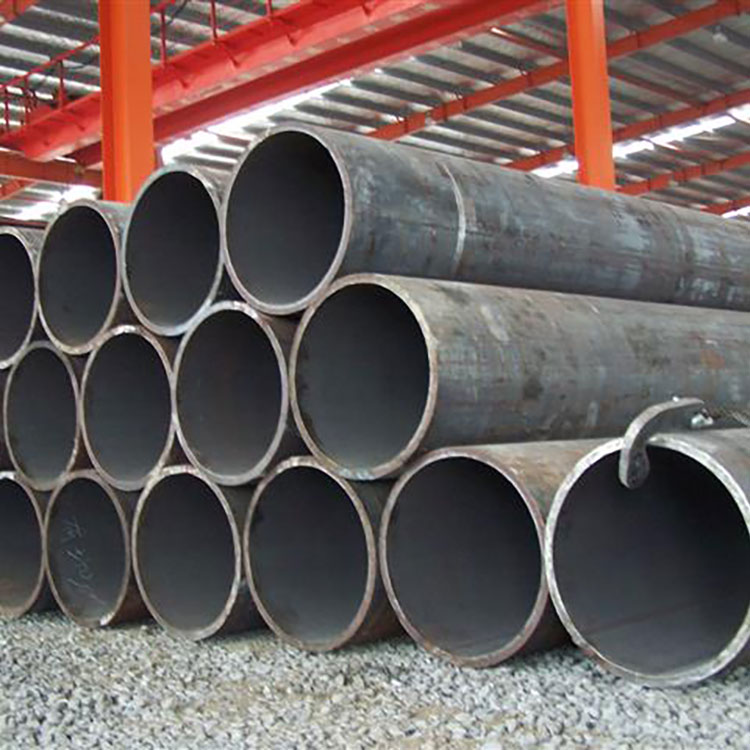Exploring the Manufacturing Differences Between ERW and Seamless Steel Pipes
2024-05-13
In the world of steel pipes, two primary manufacturing methods stand out: Electric Resistance Welded (ERW) and seamless. While both methods produce pipes used in various industries, they differ significantly in their manufacturing processes and end products. Understanding these differences is crucial for industries relying on steel pipes for infrastructure, construction, and various applications. Let's delve into the intricacies of both processes.
The Basics
Seamless Steel Pipes:
Seamless steel pipes are crafted from solid cylindrical steel billets, which are heated and pierced to create a hollow tube. The absence of a welded seam characterizes seamless pipes, making them stronger and more reliable in critical applications where pressure and temperature resistance are paramount.
Electric Resistance Welded (ERW) Steel Pipes:
In contrast, ERW pipes are manufactured from flat steel strips rolled into a tubular shape and then welded longitudinally using electric resistance welding. The welding process involves passing a high-frequency electric current through the metal strips, heating them to the point where they fuse together, forming a continuous seam along the length of the pipe.
Manufacturing Process
Seamless Pipes:
1. Billet Production: The manufacturing process begins with the production of solid cylindrical steel billets through hot rolling or forging.
2. Heating and Piercing: The billets are heated to a high temperature and then pierced through the center using a mandrel mill or a piercing mill. This creates a hollow tube known as a shell.
3. Rotary Piercing or Extrusion: The shell is further elongated and shaped into a seamless pipe through processes like rotary piercing or extrusion.
4. Sizing and Cooling: The pipe undergoes sizing to achieve the desired dimensions and is then cooled using water or air.
5. Finishing: Finally, the pipe is straightened, inspected for defects, and finished as per the required specifications.
ERW Pipes:
1. Steel Strip Preparation: Flat steel strips undergo surface preparation, including de-scaling and edge trimming, to ensure welding quality.
2. Forming: The prepared strips are then formed into a cylindrical shape using a series of rollers.
3. Welding: The longitudinal edges of the formed tube are heated and fused together using high-frequency electric resistance welding.
4. Sizing and Cooling: The welded tube is passed through sizing rolls to achieve the desired dimensions and is then cooled using water or air.
5. Cutting and Finishing: Finally, the pipe is cut to the required length, inspected for defects, and finished as per the specified standards.
Key Differences
1. Seam Presence: The most apparent difference lies in the presence of a seam. Seamless pipes lack a welded seam, making them stronger and suitable for high-pressure applications.
2. Manufacturing Complexity: Seamless pipe manufacturing involves fewer steps and is considered more complex and costly compared to ERW pipe production.
3. Quality Control: Seamless pipes undergo rigorous quality control measures due to the absence of weld seams, ensuring superior integrity and performance.
4. Size Range: ERW pipes are available in a wider range of sizes and thicknesses compared to seamless pipes, making them suitable for diverse applications.
Conclusion
Both ERW and seamless steel pipes play indispensable roles in various industries, each offering distinct advantages based on application requirements. While seamless pipes excel in critical applications demanding high strength and reliability, ERW pipes provide cost-effective solutions for a broader range of applications. Understanding the manufacturing processes and differences between these two types of steel pipes is essential for selecting the most suitable option for specific project needs.



